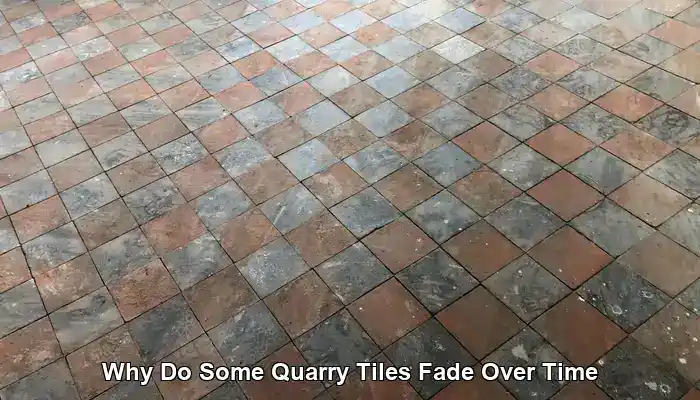
Quarry tiles are prized for their exceptional durability, natural aesthetics, and timeless appeal. These robust, unglazed ceramic tiles are ideal for a multitude of uses, ranging from charming kitchen floors to lively outdoor patios, engineered to endure heavy foot traffic and challenging weather conditions. Nonetheless, numerous homeowners and property managers have observed a gradual fading of their color over time, resulting in uneven or drastic changes in appearance. This occurrence can be bewildering, particularly when tiles that once displayed vibrant reds, warm browns, or rich terracottas look faded, patchy, or dull, detracting from their initial visual appeal.
The fading of quarry tiles extends beyond mere aesthetics; it often indicates underlying issues such as wear, environmental challenges, or chemical degradation. Outdoor tiles are subject to constant exposure to diverse weather patterns—rain, freezing temperatures, and extreme heat fluctuations that gradually deteriorate their surfaces. The freeze-thaw cycle poses a significant threat, causing micro-cracks and surface spalling, which reveal lighter inner layers with coarser textures. The situation indoors is similarly complex; high foot traffic slowly wears down the tiles’ colored surface, exposing the inner body that may contain larger particles and varied mineral tones. This natural layering suggests that once the outer surface is compromised, noticeable shifts in color and texture can happen, leading to further deterioration.
In addition to physical wear, chemical exposure plays a vital role in the fading process. Strong cleaning agents, especially those that are either acidic or alkaline, can damage sealers and strip away protective layers. Over time, this increased vulnerability leads to staining, efflorescence (the formation of unsightly salt deposits), and dirt accumulation in newly formed pits and abrasions. Together, these factors create a faded and uneven appearance that undermines the original beauty of the tiles, making it essential to understand and address these issues effectively.
Understanding the reasons behind quarry tile fading is crucial for maintaining their character and prolonging their lifespan. This article will delve into the environmental, mechanical, and chemical factors that contribute to fading—both indoors and outdoors—and offer actionable strategies for prevention and restoration. Whether you’re caring for a historic floor or simply aiming to keep your tiles in pristine condition, this guide will provide insight into the nuanced science of quarry tile maintenance and care.
Comprehensive Daily Care for Quarry Tiles: Expert Tips for Optimal Maintenance and Cleaning
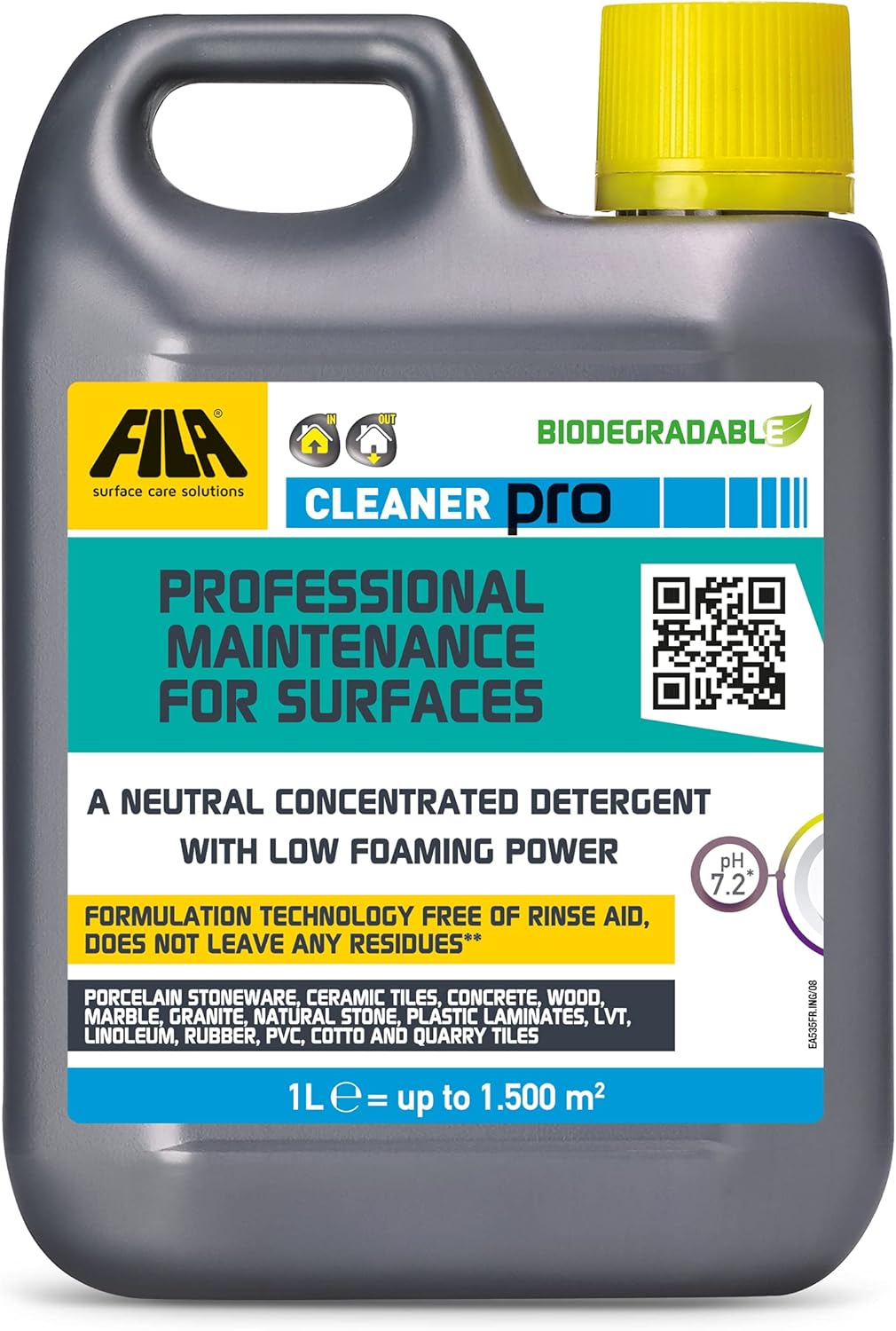
Fila Pro Floor Cleaner
|
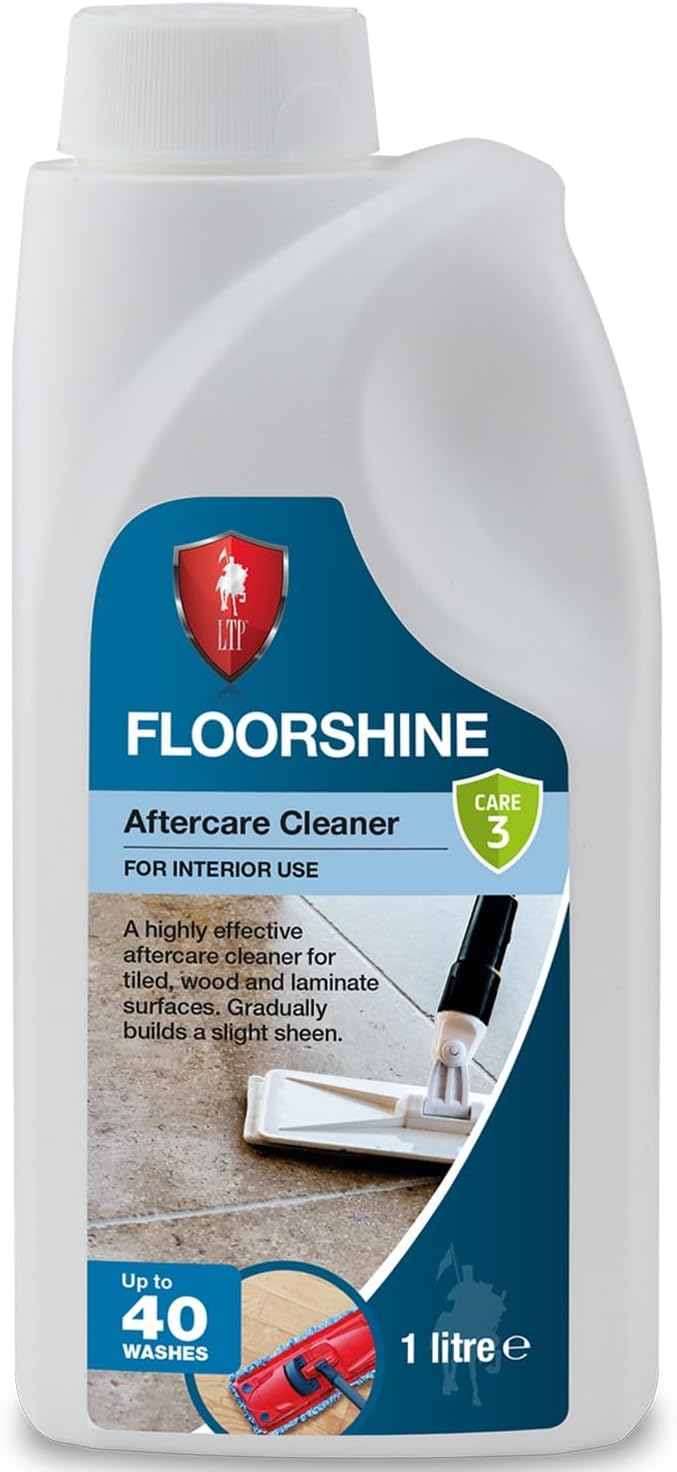
LTP Floorshine
|
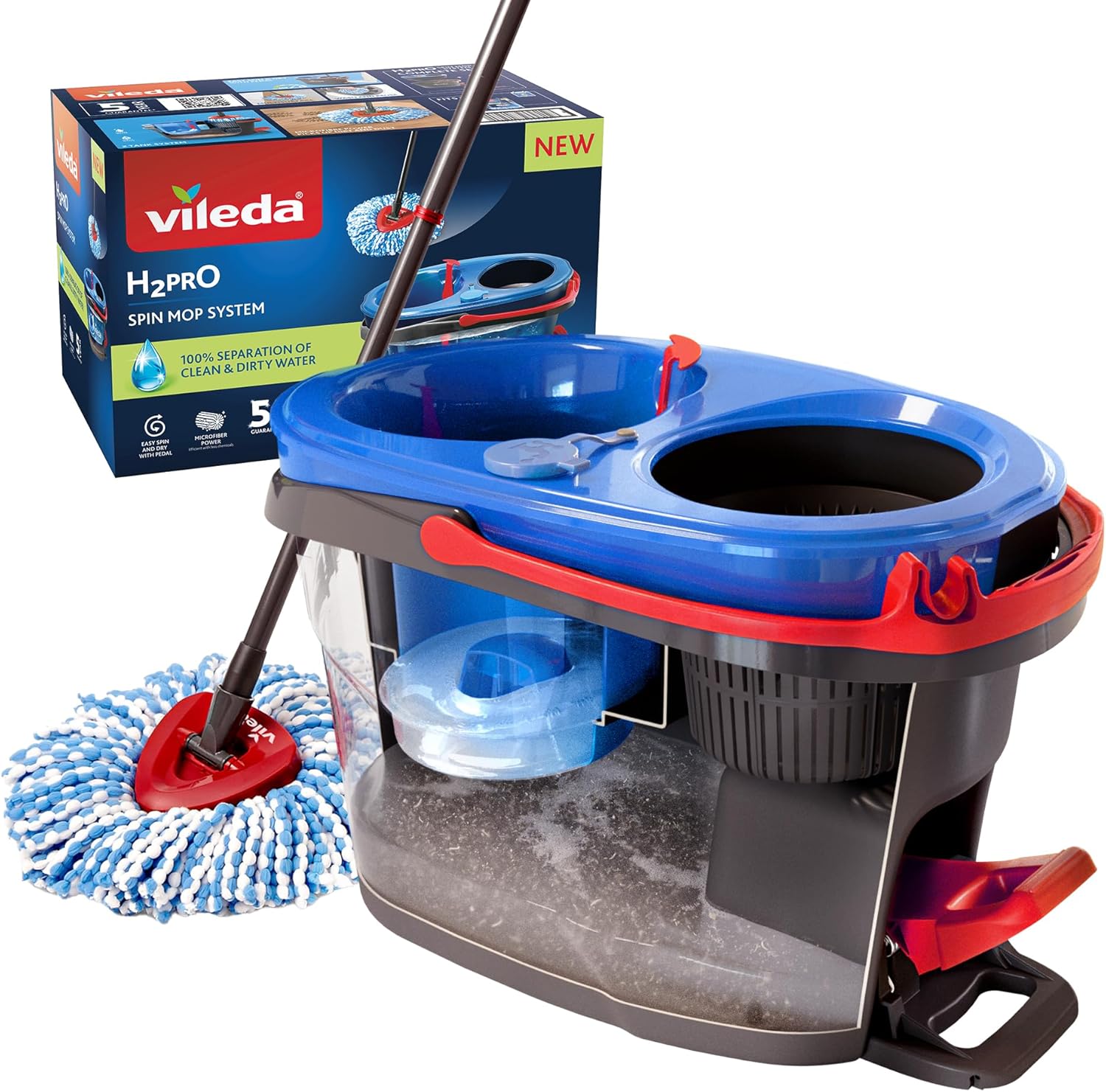
Vileda H2PrO Spin Mop System
|
Understanding the Environmental Factors Leading to Quarry Tile Fading
Quarry tiles located outdoors are relentlessly exposed to environmental stressors that gradually erode their color and texture. Although these tiles are recognized for their outstanding durability, nature possesses a way of wearing down even the toughest surfaces, creating significant challenges for both maintenance and preservation.
Examining the Impact of Weather on Quarry Tile Appearance
One of the principal factors that lead to fading is weather exposure, particularly from rain and freeze-thaw cycles. Rainwater can seep into the porous surface of unsealed or poorly sealed tiles, bringing along minerals and pollutants that may result in unattractive stains or color leaching. When temperatures drop, trapped moisture expands as it freezes, leading to micro-cracks and surface flaking. This ongoing freeze-thaw cycle exposes the inner body of the tile, which typically consists of lighter, less pigmented material, causing a marked fading of its color.
Exploring the Effects of Surface Wear and Layer Exposure
Quarry tiles generally feature a dense outer layer that retains the most vibrant color. As this layer wears down—due to foot traffic, abrasion, or erosion—the inner layer becomes increasingly visible. This underlying layer is usually rougher, containing larger aggregate particles and a lighter, uneven shade. Consequently, the tiles can develop a patchy appearance that lacks the richness and depth of the original surface, further worsening the overall fading of the tile.
Understanding the Chemical Damage from Outdoor Cleaning
Cleaning outdoor tiles often requires potent chemicals intended to eliminate moss, algae, or grime. Unfortunately, these aggressive solutions can harm sealers and strip away protective coatings. Once the sealer is compromised, the tile becomes more vulnerable to staining, mineral deposits, and accelerated wear. Over time, this exposure to harsh chemicals greatly contributes to fading and surface dullness, underscoring the importance of selecting appropriate cleaning methods.
Identifying Indoor Factors That Contribute to Quarry Tile Fading
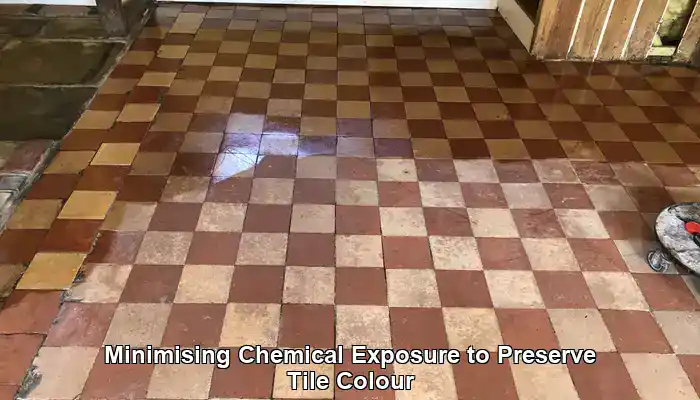
While outdoor quarry tiles grapple with environmental challenges, indoor tiles confront a unique set of issues that can be equally detrimental over time. Factors such as foot traffic and cleaning practices contribute to the slow fading of indoor quarry tiles, a gradual process driven by wear, surface breakdown, and chemical exposure, necessitating careful attention to maintenance.
How Abrasive Wear Impacts the Protective Crust of Quarry Tiles
Quarry tiles are designed with a dense, pigmented outer layer that provides their vibrant color and smooth finish. Indoors, particularly in high-traffic areas such as kitchens, hallways, and commercial spaces, this outer layer gradually deteriorates. As the surface wears away, the inner body of the tile becomes exposed. This inner layer often contains larger mineral particles and a more porous structure, causing a noticeable shift in both color and texture. Earth-toned tiles may start to appear mottled or faded, with lighter patches surfacing where the crust has thinned, further contributing to their decline.
Consequences of Surface Pitting and Soil Accumulation on Quarry Tiles
As the surface of quarry tiles deteriorates, small micro-abrasions and pits begin to develop. These tiny indentations can trap soil, grease, and cleaning residues, resulting in uneven staining and dullness over time. Even with diligent cleaning, embedded dirt may persist, leading to a faded, blotchy look. This issue is particularly common in older floors that have not been adequately sealed or maintained, highlighting the necessity for ongoing care.
How Efflorescence and Mineral Migration Influence Tile Appearance
Efflorescence is another significant factor contributing to indoor tile fading. This phenomenon occurs when moisture beneath the tile rises, carrying soluble salts to the surface. As the moisture evaporates, it leaves behind a white, powdery residue that lightens the tile’s appearance and can cause surface damage. Efflorescence is particularly prevalent in areas with poor subfloor ventilation or where tiles are installed over damp concrete. If left untreated, it can degrade the tile’s surface and complicate cleaning efforts, making prompt intervention crucial.
Effects of Chemical Overuse and Sealer Breakdown on Indoor Tiles
Indoor cleaning methods frequently utilize harsh chemical agents—especially in commercial kitchens or food preparation areas. While these products may effectively tackle grease and stains, they can also strip away sealers and protective coatings. Once the sealer is compromised, the tile becomes more porous and prone to staining, wear, and further fading. Acidic or alkaline cleaners can even etch the surface, permanently altering its texture and color. Over time, consistent exposure to aggressive chemicals accelerates the deterioration of both the tile and its finish, emphasizing the need for alternative cleaning practices.
Best Practices for Maintaining the Beauty of Quarry Tiles
The fading of indoor quarry tiles is often preventable with proper care. Utilizing pH-neutral cleaners, adhering to a regular sealing schedule, and steering clear of abrasive tools can greatly extend the lifespan and appearance of the tiles. For older floors that exhibit signs of wear, professional restoration—encompassing deep cleaning, re-sealing, and color enhancement—can help revive their original beauty, ensuring they remain a stunning feature in your home.
Implementing Proven Strategies for Preventing and Restoring Quarry Tiles
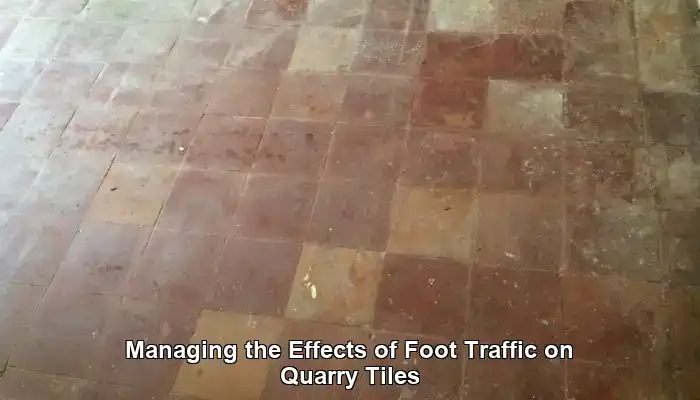
Understanding the reasons behind quarry tile fading is merely the first step—the real value lies in knowing how to prevent fading and restore their original beauty when wear occurs. Whether your tiles are situated indoors or outdoors, proactive maintenance and thoughtful restoration can significantly enhance their lifespan while preserving their rich, earthy character for years to come.
Why Sealing Is an Essential Preventative Measure for Quarry Tiles
One of the most effective techniques to prevent fading is proper sealing. Quarry tiles are inherently porous, and without a protective barrier, they readily absorb moisture, dirt, and chemicals. A high-quality penetrating sealer fills the pores without forming a surface film, allowing the tile to breathe while repelling contaminants. This is particularly vital for outdoor tiles, protecting them from rain, frost, and algae growth. For indoor tiles, sealing helps resist staining from spills, cleaning products, and foot traffic, ensuring that the tiles retain their aesthetic appeal.
Sealers should be reapplied periodically—typically every one to three years, depending on usage and exposure. A simple water-drop test can help determine when resealing is necessary: if water soaks into the surface rather than beading, it’s time for a refresh.
Selecting Appropriate Cleaning Products and Techniques for Quarry Tiles
Regular cleaning is crucial for maintaining quarry tiles, but the products you choose play a significant role. Harsh chemicals, especially those that are acidic or alkaline, can degrade sealers and etch the tile surface over time. This leads to dullness, discoloration, and greater susceptibility to stains. Instead, opt for pH-neutral cleaners specifically designed for stone or tile surfaces. These gentle formulas effectively lift dirt without compromising the integrity of the tile.
For stubborn grime or efflorescence, use targeted treatments sparingly and always follow up with a thorough rinse. Avoid bleach, ammonia, and vinegar-based solutions—while they may seem effective, they can cause long-term harm to the tile’s surface.
Implementing Maintenance Techniques to Preserve Color and Texture
Regular sweeping and damp mopping can help prevent soil buildup and surface abrasion on quarry tiles. Use soft-bristle brushes or microfiber pads instead of abrasive scrubbers, which can erode the tile’s pigmented crust. In high-traffic areas, consider placing rugs or mats to minimize direct wear—especially near entryways or kitchen workstations, where tiles are most vulnerable.
For outdoor tiles, pressure washing should be approached with caution. While it can effectively remove surface dirt, excessive pressure may erode the tile or force water into cracks, exacerbating freeze-thaw damage. If pressure washing is necessary, maintain low pressure and keep a safe distance with the nozzle to protect the tiles.
Reviving Quarry Tiles: Professional Restoration Techniques
When fading becomes noticeable and routine care is insufficient, professional restoration can greatly improve the situation. Restoration specialists use a combination of deep cleaning, mechanical resurfacing, and color enhancement techniques to rejuvenate tired tiles, restoring their original vibrancy.
- <a href="https://limitsofstrategy.com/ceramic-tile-floors-deep-cleaning-the-ultimate-guide/">Deep cleaning</a> eliminates embedded dirt, grease, and mineral deposits using specialized equipment and solutions catered to quarry tiles.
- Mechanical honing or polishing smooths worn surfaces and restores texture, particularly advantageous for indoor tiles showing signs of surface pitting.
- Color enhancement sealers can deepen faded tones, especially in earth-toned tiles, by enriching the natural pigments without creating a glossy finish, revitalizing the tile’s visual appeal.
In instances of severe wear, restoration may also involve regrouting, tile replacement, or applying protective coatings specifically designed for the tile’s environment to ensure a durable solution.
Establishing a Long-Term Care Strategy for Quarry Tiles
Preventing future fading necessitates a long-term commitment to maintenance. Create a schedule that includes regular inspections, cleaning, and resealing. Educate household members or staff on appropriate cleaning techniques and the significance of using suitable products. For commercial environments, consider collaborating with a floor care professional to develop a customized plan based on traffic levels and environmental considerations.
If your tiles belong to a historic property or carry historical significance, consult with conservation experts before commencing any restoration work. Preserving the authenticity of older quarry tiles often requires specialized techniques and materials that maintain their historical integrity.
Expert Insights on Quarry Tile Care and Maintenance
Quarry tiles are renowned for their rugged beauty and enduring charm, yet even the toughest materials can fall victim to the passage of time. Whether subjected to harsh outdoor weather or the relentless wear of indoor foot traffic, fading is a natural result of environmental stresses, mechanical abrasion, and chemical exposure. From the erosion of the tile’s pigmented crust to the subtle effects of efflorescence and surface pitting, each factor contributes to diminishing the tile’s original vibrancy.
Fortunately, fading does not have to be an irreversible process. With the right knowledge and care—consistent sealing, gentle cleaning, and professional restoration when required—quarry tiles can maintain their color and character for many years. Understanding the causes of fading empowers homeowners, property managers, and restoration specialists to take proactive measures that safeguard the aesthetic and structural integrity of these classic surfaces.
Whether your tiles are part of a historic property or a modern installation, their longevity depends on the quality of care they receive. By respecting the material and responding to its needs, you ensure that your quarry tiles continue to narrate their story—rich in color, texture, and history—for many years to come.
Your Frequently Asked Questions Regarding Quarry Tile Care
Can faded quarry tiles be effectively restored to their original condition?
Yes, quarry tiles can often be revitalized using deep cleaning, resealing, or even professional refinishing techniques, depending on the extent of the fading. Homeowners should explore various options to restore the beauty of their tiles.
What is the recommended frequency for cleaning quarry tiles to maintain their appearance?
Regular sweeping should be performed weekly, with thorough cleaning every few months to enhance their appearance and prevent fading. Establishing a cleaning routine is crucial for protecting their vibrancy and prolonging their lifespan.
Are there specific sealants designed specifically for quarry tiles?
Indeed, there are specialized sealants formulated specifically for quarry tiles that provide protection against moisture and UV exposure, enhancing both their longevity and aesthetic appeal. Homeowners should consult professionals for personalized recommendations based on their specific tiles.
Which cleaning products should be avoided when caring for quarry tiles?
It is advisable to refrain from using acidic cleaners, harsh chemicals, and abrasive scrubbers, as these can damage the surface and contribute to fading. Instead, opt for gentle, tile-safe products that preserve the integrity of the tiles.
How can I determine if my quarry tiles require resealing?
If water no longer beads on the surface or if tiles appear dull and stained, it may indicate that resealing is necessary. Regular assessments can help maintain optimal protection against fading and wear.
Does indoor lighting influence the fading of quarry tiles?
Indirect indoor lighting generally has a lesser impact than UV rays; however, prolonged exposure to bright light can still contribute to gradual fading. Homeowners should consider lighting choices when designing spaces to minimize potential damage.
Can I safely use a steam cleaner on quarry tiles?
Steam cleaners may be too harsh for quarry tiles, potentially causing damage to their surface. It’s recommended to adhere to suggested cleaning methods to maintain the integrity and appearance of your tiles.
Are some quarry tiles more susceptible to fading than others?
Yes, tiles made from lower-quality materials or pigments may fade more quickly compared to those crafted from higher-quality materials. Homeowners should prioritize quality when selecting tiles to ensure longevity.
Does foot traffic significantly impact the lifespan of quarry tiles?
High foot traffic can cause wear and tear, accelerating fading and increasing the need for maintenance. Homeowners should implement strategies to effectively manage foot traffic and mitigate its impact.
Is it possible to completely prevent fading in quarry tiles?
While it is challenging to prevent fading entirely, regular maintenance, proper sealing, and the selection of quality products can significantly reduce color loss over time, helping to preserve the tiles’ beauty.
The article Why Do Some Quarry Tiles Fade Over Time: A Guide was first found on https://www.abbeyfloorcare.co.uk
The Article Quarry Tiles Fade: Understanding the Causes and Solutions appeared first on https://fabritec.org
The Article Quarry Tiles Fade: Causes and Solutions Explained Was Found On https://limitsofstrategy.com

